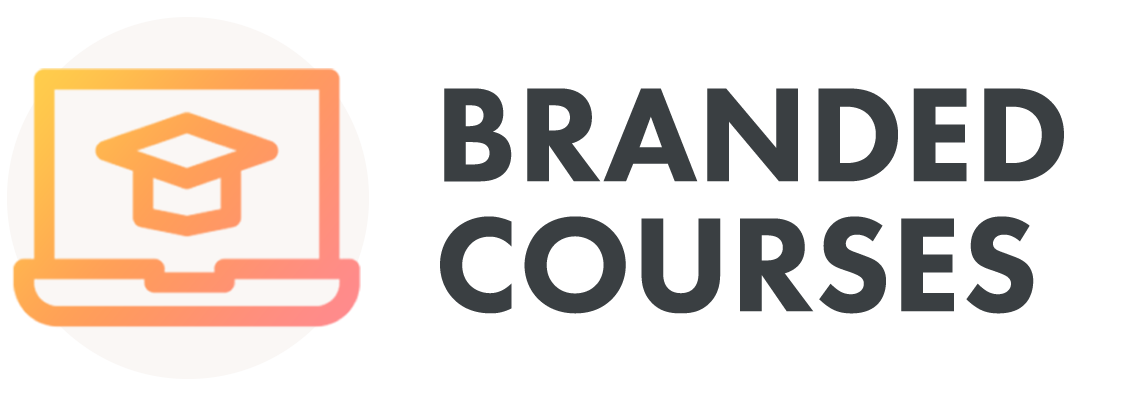The first step of figuring out your editing process is to choose the right editing software. Most video editing software offers everything you need to edit standard videos, however you may prefer one over the others depending on what features they offer, how easy it is to use etc. I really like Movavi as an editing tool as it is really intuitive and simple to use for a non-tech person like me!
It usually goes unspoken about but having a good and fast computer is really important in editing your videos as it will save you a lot of time and hassle. Make sure your computer has the storage capacity to store large files so you can avoid slow processing times. According to Adorama, it’s smart to invest in a faster storage drive (SSD) and increase your computer’s memory (RAM).
Transitions and cuts can be fun and help break up your video content if it’s long but remember that simplicity is your friend. Use transitions that make sense to add, not just because you feel like you need to use them. For example, there are these transition styles that can be great to use for video content. The cross- dissolve transition is when the first scene or edit darkens and another appears. It is an effective way to show the student that the focus has changed from subject to another. Another is the classic fade to black or white to show that the video has ended.
Pay close attention to important elements while editing like audio, if there are any sudden noises, any technical errors, any long pauses or glitches, the editing stage is where you’ll be in control of editing out any unwanted material. A pro tip is to just close your eyes and hear the audio and listen to if it sounds stable or not and adjust it accordingly. A microphone would be a great investment for your online course if your budget persists.
If you have time, it’s also clever to add subtitles to your video, that way your students can really understand what you’re saying even if they are unsure of what they are hearing. It’s a natural thing to analyse yourself and how you are on camera, from what you say to your gestures so keep an eye on things that you can work on, if you have any filler words like”um” or “uh”, you have trouble looking at the camera etc. Practice is key.





